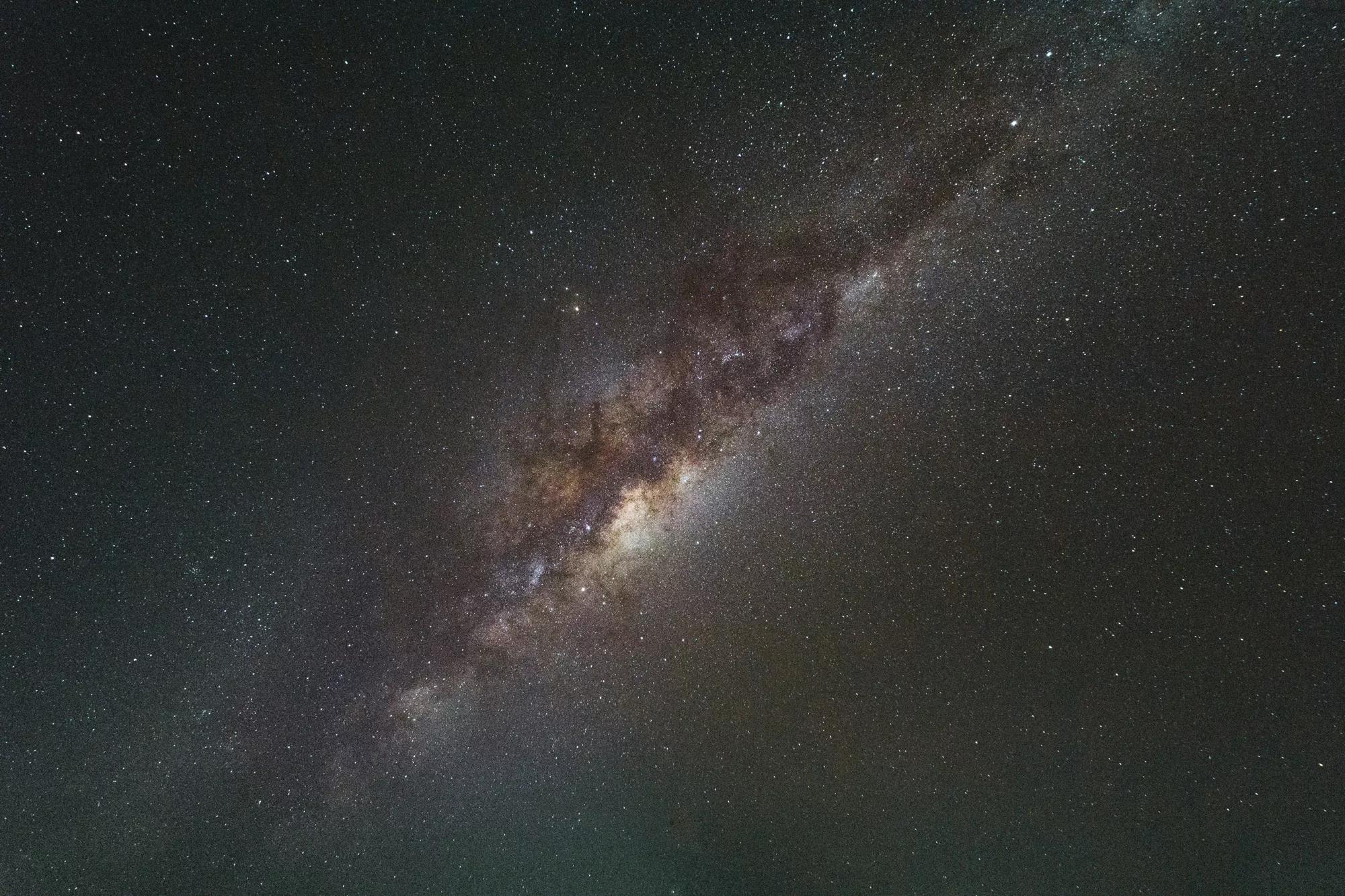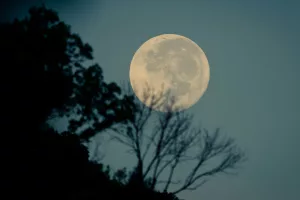The Milky Way, our home galaxy, is a vast and complex stellar system that has captivated scientists and stargazers alike for centuries. Spanning 100,000 light-years in diameter and hosting hundreds of billions of stars, this barred spiral galaxy is a cosmic marvel filled with mysteries yet to be unraveled. From the supermassive black hole at its center to the star-forming regions in its spiral arms, the Milky Way offers a unique glimpse into the workings of the universe.
As one of the most studied galaxies, the Milky Way serves as a cornerstone for our understanding of cosmic phenomena. Its spiral arms, bustling with stellar nurseries and nebulae, highlight the ongoing cycle of star formation and destruction that shapes the galaxy’s evolution. The galaxy’s central bar, a dense region of older stars and interstellar matter, acts as a dynamic bridge that channels gas inward, fueling activity around the supermassive black hole, Sagittarius A*. This interconnected structure reflects billions of years of dynamic processes, from the gravitational pull of dark matter to the tidal forces exerted by satellite galaxies.
Our position within the Orion Arm provides a unique vantage point. Here, the relative calmness of our stellar neighborhood has been instrumental in allowing life to thrive on Earth. The Milky Way is not just a backdrop for human existence but a participant in the grand cosmic narrative, interacting with neighboring galaxies, shaping star systems, and expanding our understanding of the universe’s intricate design. Through the lens of modern astronomy, we continue to unlock its secrets, discovering new phenomena and reevaluating long-held theories, solidifying its role as a keystone in humanity’s exploration of the cosmos.
1. The Milky Way Is a Spiral Galaxy
The Milky Way is classified as a barred spiral galaxy, consisting of a central bar-shaped structure surrounded by spiraling arms. These arms are packed with stars, gas, and dust, giving the galaxy its iconic swirling appearance. In addition to its aesthetic appeal, the spiral structure provides clues about the galaxy’s formation and ongoing dynamics, as it reflects the movement of stars and interstellar matter over billions of years. The intricate spiral arms also serve as regions of active star formation, teeming with vibrant nebulae and young stars that contribute to the Milky Way’s dynamic evolution.
2. It’s Home to Hundreds of Billions of Stars
Astronomers estimate that the Milky Way contains 100 to 400 billion stars, with new stars forming continuously in regions like the Orion Arm. Despite this vast number, the galaxy’s mass is dominated by dark matter, which cannot be directly observed but exerts a significant gravitational influence. Each star contributes to the intricate dance of gravity and energy that defines the galaxy’s structure and behavior. Among these billions of stars are some of the universe’s most fascinating phenomena, such as massive blue supergiants, long-lived red dwarfs, and even stars on the brink of becoming black holes.
3. The Milky Way Is Massive
The Milky Way spans approximately 100,000 light-years in diameter and has a mass equivalent to 1.5 trillion suns. Most of this mass is believed to be dark matter, an invisible substance that doesn’t emit or reflect light. This staggering size and mass make it one of the most influential galaxies in its region of the universe, shaping the orbits and behaviors of smaller galaxies and objects within its gravitational reach. This vast expanse also allows for diverse regions, from bustling stellar hubs to quiet stretches of interstellar space, each playing a unique role in the galaxy’s grand design.
4. Our Solar System Is in the Orion Arm
The Sun and its planets are located in the Orion Arm, a minor spiral arm situated about 27,000 light-years from the galactic center. This location provides a relatively stable environment for life to develop, shielded from the chaotic and intense activity near the galactic core. The Orion Arm serves as a stellar neighborhood where star formation occurs, creating a diverse mix of young and ancient celestial bodies. Its relative calmness has likely been crucial in allowing life on Earth to evolve uninterrupted over billions of years.
5. The Galactic Center Contains a Supermassive Black Hole
At the heart of the Milky Way lies Sagittarius A*, a supermassive black hole with a mass of about 4 million suns. While it doesn’t actively consume large amounts of material, it influences the orbits of nearby stars. Observations of stars near Sagittarius A* have provided direct evidence of the black hole’s presence, making it a critical focus of research into the nature of gravity and extreme astrophysical phenomena. Surrounding the black hole is a bustling region of dense star clusters, energetic phenomena, and swirling gas clouds, creating a spectacular but harsh environment.
6. It’s Part of the Local Group
The Milky Way is one of over 50 galaxies in the Local Group, a collection of gravitationally bound galaxies that includes the Andromeda Galaxy and the Triangulum Galaxy. Together, they form a small cluster in the universe, with the Milky Way and Andromeda dominating the group. This interconnected system provides a fascinating laboratory for studying galactic interactions and evolution. Smaller dwarf galaxies within the Local Group often serve as “building blocks,” merging into larger galaxies like the Milky Way over cosmic time.
7. It Will Collide With Andromeda
In about 4.5 billion years, the Milky Way and the Andromeda Galaxy are expected to merge in a cosmic collision. This event, known as a galactic merger, will reshape both galaxies but is unlikely to impact individual stars due to the vast distances between them. The resulting galaxy, sometimes referred to as “Milkomeda,” will be a giant elliptical galaxy with characteristics drawn from both predecessors. The merger will ignite bursts of star formation as gas clouds collide, creating a spectacular display of cosmic activity visible from any surviving planetary systems.
8. The Milky Way Has Satellite Galaxies
Several smaller galaxies orbit the Milky Way, including the Large Magellanic Cloud and the Small Magellanic Cloud. These satellite galaxies interact with the Milky Way’s gravitational field and may eventually merge with it. These interactions provide insight into the growth of galaxies through the accretion of smaller companions, a process that has shaped the Milky Way’s history. These satellite galaxies are also rich sources of gas and stars, which may eventually fuel future star formation within the Milky Way.
9. It’s Always Moving
The Milky Way is not stationary. It moves through space at a speed of about 552 kilometers per second relative to the cosmic microwave background, a remnant of the Big Bang. This motion is influenced by the gravitational pull of nearby galaxies and the overall expansion of the universe, making the Milky Way part of a dynamic and ever-changing cosmic web. Its journey through the universe shapes its interactions with other galaxies and influences the broader structure of the Local Group.
10. We Can Only See a Fraction of It
Due to the density of interstellar dust, about 90% of the Milky Way is obscured from our view in visible light. However, telescopes that detect infrared and radio waves allow astronomers to peer into these hidden regions. These advanced tools have revealed star-forming regions, black holes, and other phenomena that are invisible to the naked eye, vastly expanding our understanding of the galaxy. Recent advances in technology, such as space telescopes, have opened new windows into the galaxy’s most mysterious regions, unveiling phenomena once thought impossible to observe.
11. The Galactic Year
It takes the Solar System about 225-250 million years to complete one orbit around the Milky Way’s center. This period is known as a galactic year or cosmic year. During each galactic year, Earth has witnessed significant changes, from the formation of continents to the evolution of complex life, underscoring the immense timescales involved in galactic dynamics. For perspective, the last time the Solar System was in its current position, dinosaurs roamed the Earth, and mammals were only just beginning to emerge.
12. Star Formation Is Still Happening
The Milky Way’s spiral arms are rich in gas and dust, fueling the birth of new stars. It’s estimated that the galaxy produces about seven new stars per year on average. Stellar nurseries, such as the Orion Nebula, are sites of intense star formation, where gravitational collapse and nuclear fusion ignite new generations of stars. These regions offer astronomers a unique glimpse into the life cycles of stars and the conditions that foster planetary system formation.
13. It’s Surrounded by a Halo
The Milky Way is encased in a spherical halo of stars, globular clusters, and dark matter. The halo extends well beyond the visible galaxy and contains some of its oldest stars. This component plays a key role in the galaxy’s structure and dynamics, influencing the motion of stars and shaping the behavior of satellite galaxies. The halo’s dark matter component also exerts a mysterious but crucial influence, shaping the galaxy’s gravitational potential and interactions with neighboring systems.
14. It’s a Relatively Calm Galaxy
Compared to other galaxies, the Milky Way is considered relatively calm and stable. This peaceful environment has been essential for the development and sustainability of life on Earth. While it has experienced mergers and collisions in the past, its current state offers a haven for ongoing star formation and planetary development. However, its calmness is relative, as evidence of past supernova explosions and gamma-ray bursts suggests that the galaxy has its share of high-energy events.
15. The Disk Is Thin but Vast
The galaxy’s disk, where most of the stars and gas are located, is about 1,000 light-years thick but stretches across its entire diameter. This flat structure gives the Milky Way its “pancake-like” shape. The disk’s composition reveals the interplay between star formation, gas dynamics, and the gravitational forces that maintain its form. Embedded within the disk are structures like spiral arms, molecular clouds, and star clusters, which contribute to its intricate and ever-changing appearance.
16. It Contains Over 150 Globular Clusters
Globular clusters are dense groups of ancient stars that orbit the Milky Way. Astronomers have identified over 150 globular clusters in the galaxy, some of which are over 12 billion years old. These clusters serve as relics of the early universe, offering insights into the conditions that prevailed during the galaxy’s formation. Their tight structure and immense age make them valuable tools for studying stellar evolution, the chemical history of the universe, and the processes that shaped the Milky Way.
17. It’s One of Billions of Galaxies
While the Milky Way is impressive, it’s just one of an estimated two trillion galaxies in the observable universe. Each galaxy is unique, offering its own mysteries and wonders to explore. The study of other galaxies provides context for understanding the Milky Way, highlighting the diversity and commonalities among cosmic structures. Comparing the Milky Way to other galaxies helps astronomers uncover universal principles governing galaxy formation and evolution.
The Milky Way is a cosmic masterpiece, rich in history and complexity. As our understanding of the universe deepens, so too does our appreciation for the galaxy we call home. Through exploration and discovery, humanity continues to uncover the secrets of this vast and dynamic stellar system, solidifying its place in the grand tapestry of the cosmos. Every observation brings us closer to unraveling the mysteries of our galactic home and its role in the broader universe.




